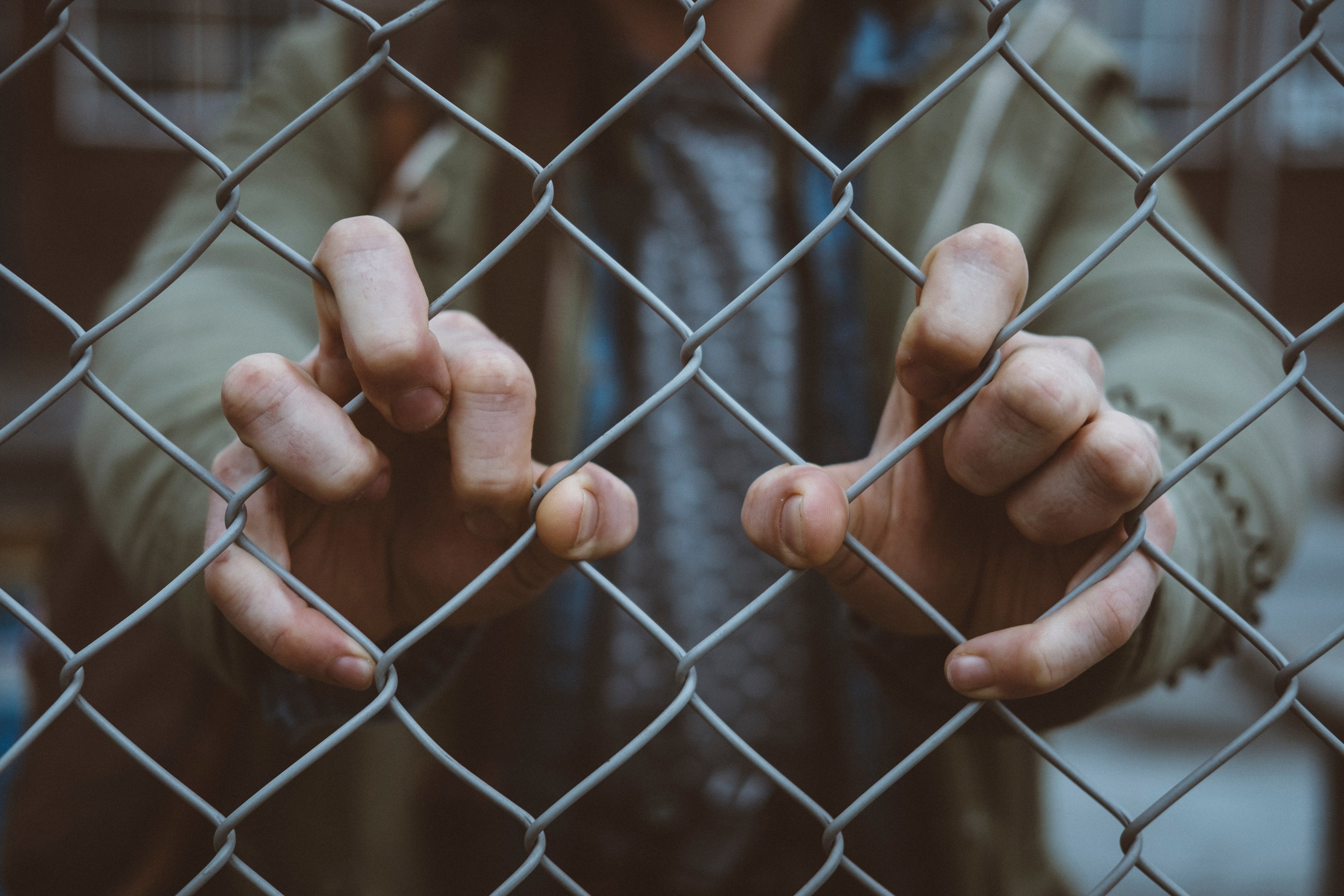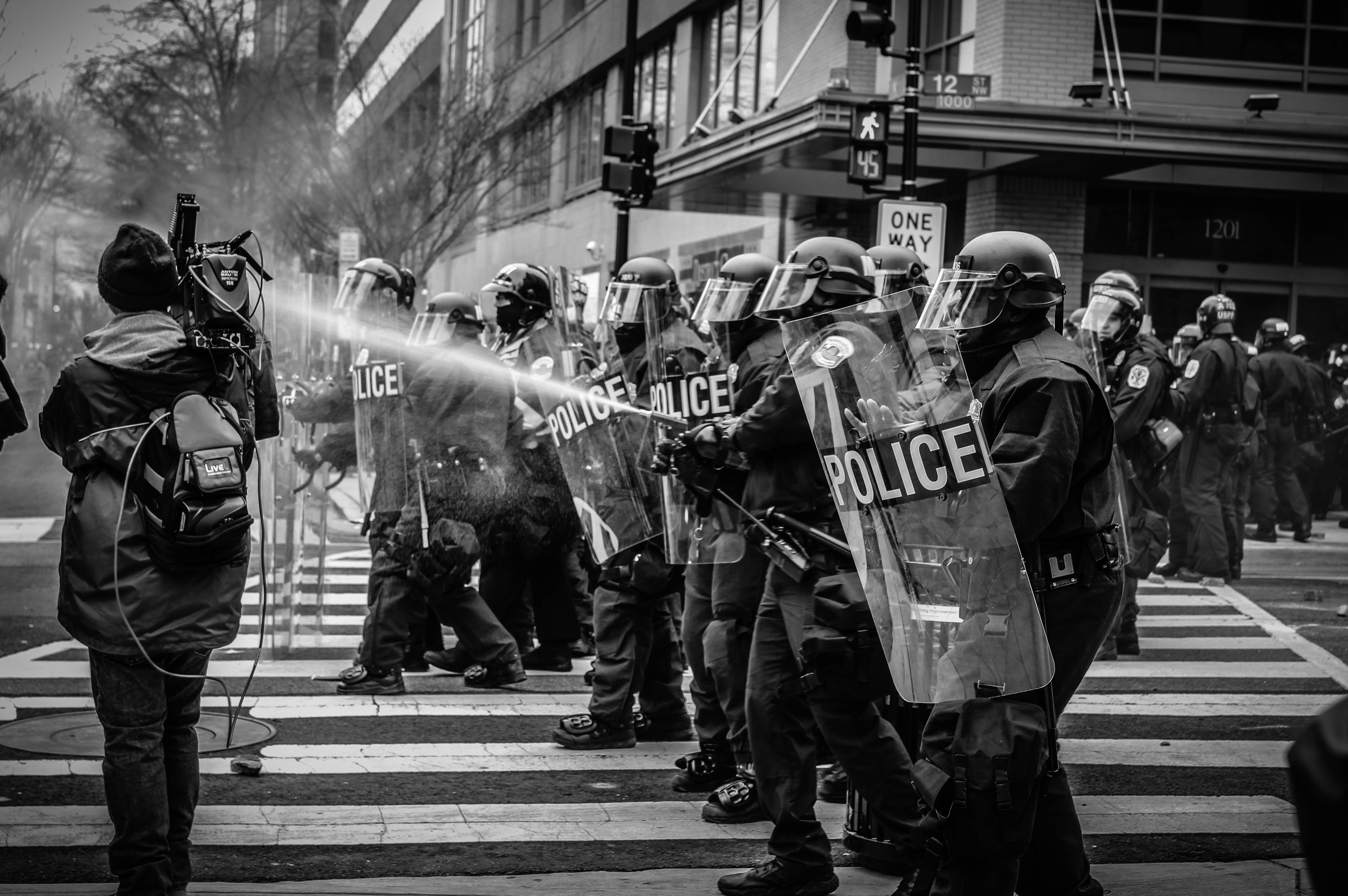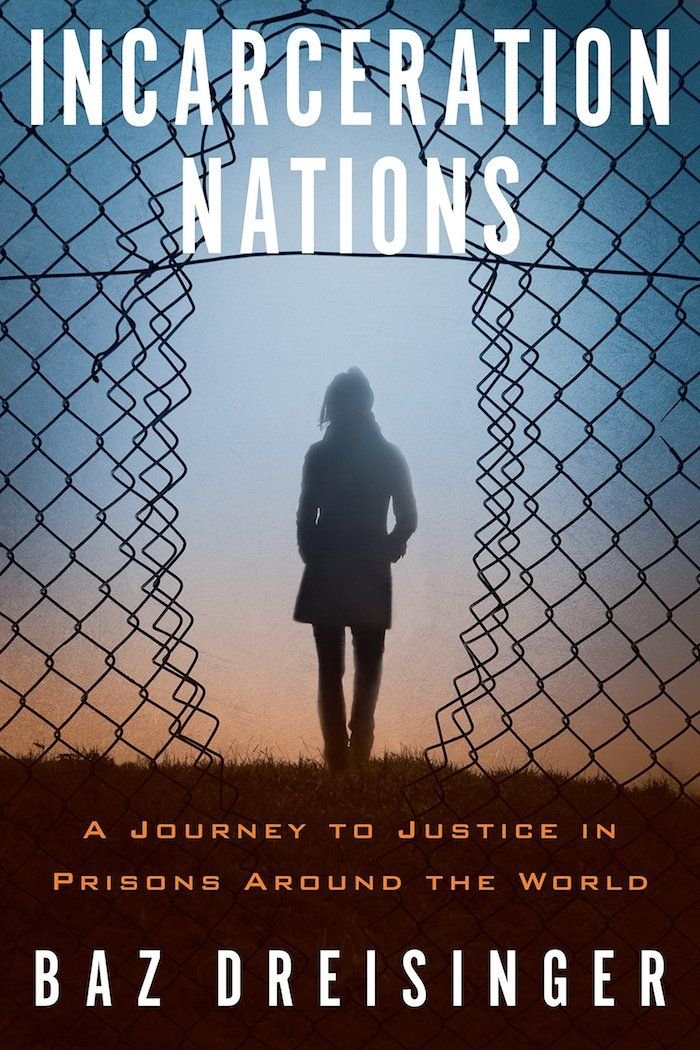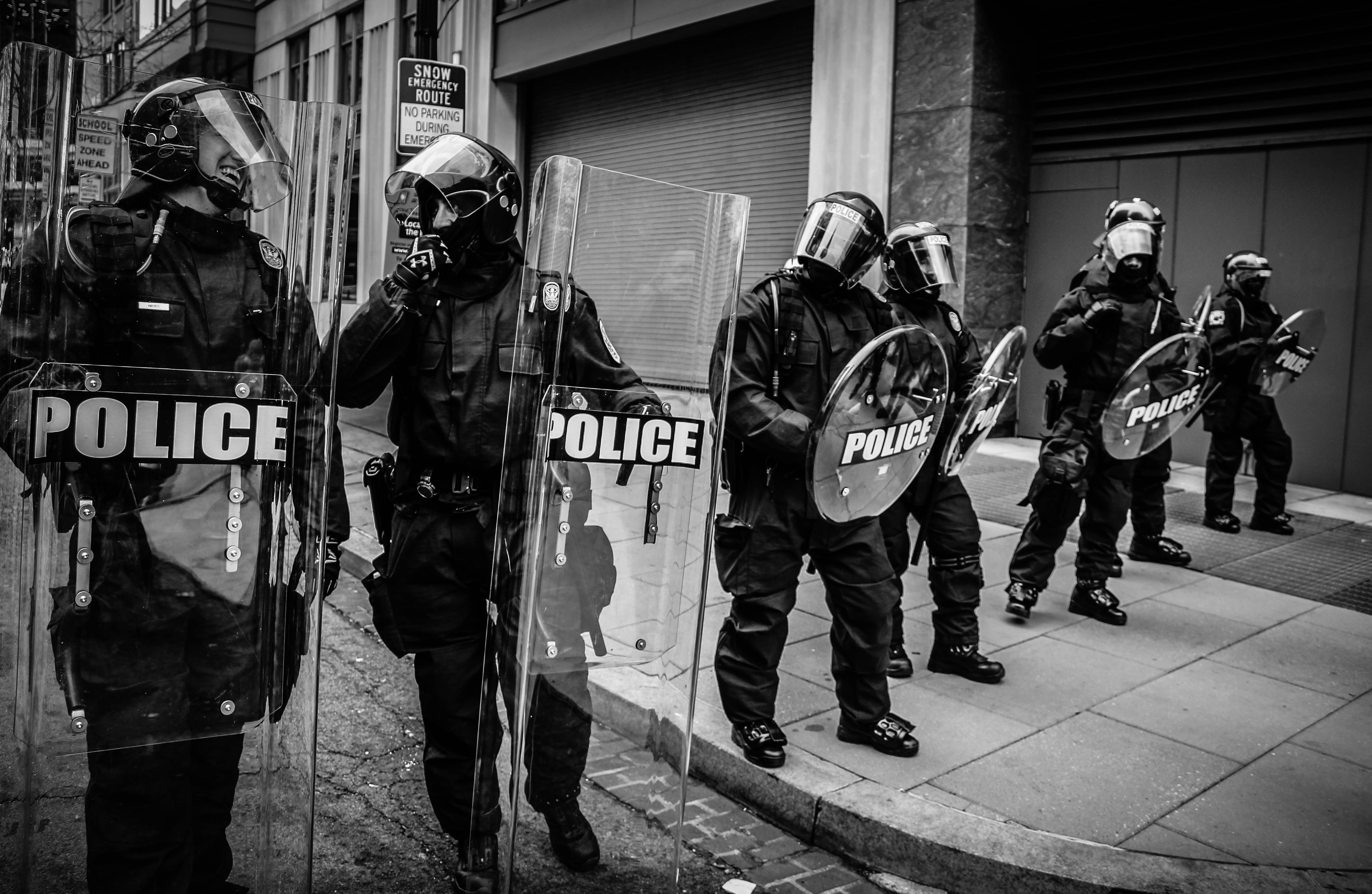I’m a theatre-maker working behind bars. Last night I led the 5th workshop of a multi-month process aimed at devising a new, 60-minute work of American theatre about the origin of American violence.

I just went to prison for 5 months. Again. | 01
I just went to prison for 5 months. Again. | 02
I just went to prison for 5 months. Again. | 03
I just went to prison for 5 months. Again. | 04
I just went to prison for 5 months. Again. | 05

For the last 5 weeks I’ve been writing about my experience as a “college professor” with University Beyond Bars, a nonprofit offering college-level courses to inmates, and the opportunity to earn Associates and Bachelors degrees. This week, my post is coming in just a few days later than usual because I’ve been working some big deadlines for week.
Today, I’ll document the 5th workshop held during the creation of an original piece of live theatre about American violence sourced from 27 men incarcerated at a medium security unit in Washington state.
Every week, in addition to talking about my weekly process, I’m sharing some more information to help you get a broad picture of incarceration. For the last few weeks I focused on data about incarceration in America and in Washington state specifically.
Today, I’d like to take a look at some other models for rehabilitation around the world.

An essential resource in looking at prison systems globally is Baz Dreisinger’s remarkable book, Incarceration Nations (2016). Baz takes us behind bars in 9 different countries to see how people around the world are rethinking their justice systems. She writes from her own experience, and her first-hand account is simultaneously beautiful, tragic, and uplifting.
And now, a few programs I think are particularly interesting occurring in Brazil and Italy to help rehabilitate inmates:
Redemption Through Reading - Brazil
Redemption through Reading offers prisoners reduced sentences in exchange for self development and education in the form of reading. In a great write-up on the program, Anne Lee provides the following breakdown of particulars:
The purpose of the program is to increase the literacy rate of inmates in federal prisons, where 70% of the prison population had not completed fundamental education and about 10.5% were classified as illiterate (Silva, 2009). In this program inmates may select a book from an approved list that includes scientific texts, philosophical texts, and literary classics. After selecting a text from the approved list, an inmate has 4 weeks to read the book and write a report (Reuters, 2013). This report must demonstrate the inmate has not only read the book, but must show a correct use of paragraphs, be free of errors, use margins correctly, and be legible (Reilly, 2012). An inmate can reduce his or her sentence by 4 days, not to exceed 48 days a year, for each book read with a satisfactorily completed report.
In every nation, our prison system is filled with folks who often have systemically lacked educational opportunities. University Beyond Bars operates under the same premise: educating our prison population will help people be empowered to improve their lives and stay out of prison upon release.
Redemption through Reading - Italy
The Regional Council of Calabria in Southern Italy has launched a program that is very similar to what is happening in Brazil. I think it’s interesting to find these parallel programs because it shows that similar conclusions about effective rehabilitation are being formed around the world.
Lizzie Dearden of The Independent got the following statement from Calabria’s Culture Representative, Mario Caligiuri:
Calabria's culture representative, Mario Caligiuri, hopes it will increase reading as well as free up space in the area’s prisons. He said: “Reading is an extraordinary antidote to unhappiness and promotes awareness and social and personal redemption.”
According to the Council of Europe’s annual prison report, the country has the second-worst prison overcrowding in Europe, coming behind Serbia. The policy was inspired by a similar system in Brazil known as “Redemption through Reading”.
I think it’s inspiring to see global leaders taking inspiration from one another and pioneering new initiatives to counteract incarceration rates. Of course, as the global leaders, I can only wish that America will soon follow suit with institutional initiatives that counteract many of our malpractices. A girl can dream, right?

So, back to this week’s class!
As I mentioned last week, I structure my time with my students into 3 primary portions: Exploration, Creation, and Rehearsal. Because we are devising a piece on violence, which is a delicate topic, we’ve spent a bit of extra time in the Exploration phase as we build an ensemble and create a safe space to open up.
This week was the last week of Exploration! Two weeks ago we created characters, and dynamic images that helped to develop scenes and inner monologues derived from those characters. Last week we performed these short pieces, and also began to do character interviews with each character resulting in a 60-second “seed scene”, featuring the original character, and somehow related to psychological, emotional, or physical violence.

This week we picked up where we left off and kept going with character interviews until we had 12 “seed scenes” to draw inspiration from. As a group, we wrote the scenes up on the Board, giving them each a title and detailing who was in the scene and what would basically occur.
I told the students that they would self-select to work on one of these scenes with a partner. Their goal:
(1) Build the “seed scene” into a fully realized 5-minute scene
(2) Craft a strong arc, i.e. clear beats within the scene that drive the story forward
(3) Show transformation. By the end of the scene, I wanted to see at least one of the characters transformed in some way emotionally, ideologically, or otherwise.
(4) Decide on a strong objective for their character, i.e. what does their character want more than anything out of this moment?
(5) Think about image and blocking. We just spent two weeks talking about how physicality and image can tell a story, consider how setting your scene and using space helps to highlight the arc you’re building!

I then helped students select their scenes and partners, and gave the room 25 minutes to work together to craft their scenes. We came back together during the last 15 minutes of class to perform the first 2 scenes. Although both scenes are great, the second scene performed before we broke for the evening was a knockout.
In this scene, a man’s home has just been burned to the ground with his family inside. He has a few flags on his record, but nothing severe. However, when he sits down with the detective on the case, the detective questions him as though perhaps he has committed arson and homicide. The man breaks down, asking the detective to question his humanity and compassion as he deals with this immense tragedy.
The scene was complicated, and my description does not do justice the rich layers of subtext the two men crafted within the power dynamic at play in their relationship. What is more, both actors fully committed, not breaking character at nervous laughter, and ploughing directly through an emotionally intense moment. Afterwards, the entire room erupted.
For me, there is always a breakthrough moment that happens in a group of new actors when someone finally steps up and really goes there emotionally in a scene. I am so thrilled that this group got there last week. The room was charged after the performance and I can tell that the other groups are already considering how to step up their game for their performance next week.
Next week, I’ll ask the actors to perform their scenes, and then we will take on the scariest and most thrilling part of this whole process as we decide what themes, characters, and storylines will make it into our final production! Hope you stick around to find out what story we will be telling!




